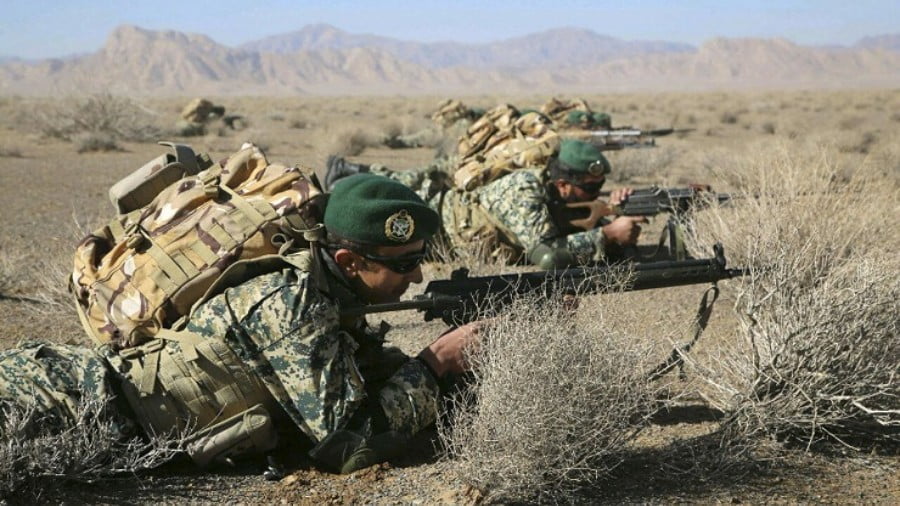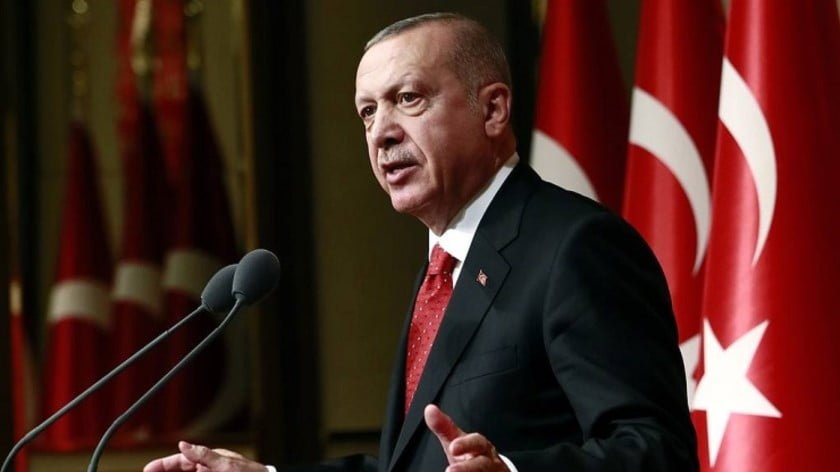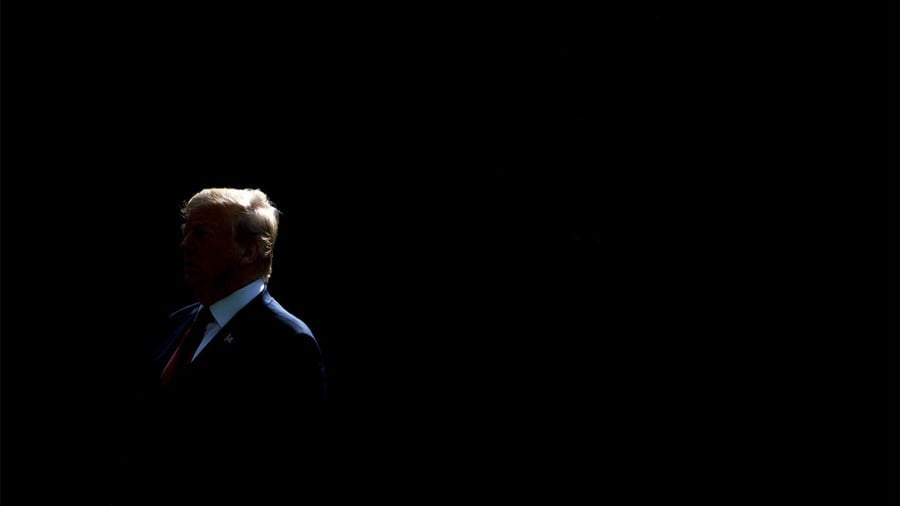Iran Rejects Continuous Provocations and Continues Along a New Path
When one looks at a map of the Middle East, one of the features that immediately springs into view is that it shows Iran as the largest country in the region. Not only the physically largest, but also a country with the largest population. Looking at that map it is easy to imagine why Iran has been a dominant player in the world, and that part of the world in particular, for 2000 years.
Iran was a civilisation and the most powerful country in the region hundreds of years before the first white man sailed from Scandinavia to America’s shores, and even longer before the British arrived. It is easy to imagine why Iran takes a longer view of history than is true of all of the European pretenders, let alone the North Americans.
It has not always been an easy history. The British and then the Americans have sought to control it in recent times, with the latter imposing the Shah when it overthrew the democratically elected Mohammed Mosaddegh in 1953. The Shah in turn was overthrown in the Iranian revolution of 1979, a blow to American control that they have never really accepted, and have sought to reverse ever since.
The current United States president, Donald Trump, went further than any of his predecessors. Trump not only withdrew from the JCPOA deal that his predecessor had painstakingly negotiated. He imposed further sanctions upon Iran, undoubtedly at the strong instigation of Israel which had long feared a strong and resilient Iran. Those sanctions, it needs to be reiterated, have no foundation in international law.
There has historically been no clear relationship between Trump and Iran. Before becoming President, it is doubtful he could even have located Iran on an unmarked map. Yet he has been responsible for the most savage sanctions applied to that country in living memory, and undoubtably for many years longer.
As this is being written Trump is not relenting in his hostility to Iran and there is serious concern among many commentators that he will do something stupid, like mounting a direct attack, before he is finally prized from office in January 2021.
But the Iran of 2020 is not the Iran of even when Trump came to power nearly 4 years ago. There are two main factors that help explain this ongoing transition of the Islamic Republic, neither of which are given much coverage in the western mainstream media. It is worth examining those two factors in a little more detail.
The first is Iran’s military capability. The western press seems transfixed by the issue of Iran’s alleged nuclear capability. This may be attributed in large part to the success of Israeli propaganda on the topic. Israel has never tired of reiterating the “threat” posed to the Middle East in general and Israel in particular, of the alleged Iranian nuclear program. Iran has no nuclear weapons and does not have the capability of producing any in the foreseeable future. Just as one illustration of that point, the production of a nuclear bomb requires the refinement of its essential uranium component to around 96–97%.
The current level of enrichment that Iran has is in the low single digits. One does not move from 5% to 95% by pushing a button. The obscuring of this fact has been one of the propaganda successes of Iran’s enemies in recent years. They also ignore the fact that a religious fatwa was imposed on the production of nuclear weapons more than 20 years ago by the then religious leader of Iran, Ruhollah Khomeini.
Making a constant fuss about the threat imposed on the region by Iran’s alleged nuclear weapons program also distorts the attention from the reality that the Middle East already has a nuclear armed power, the state of Israel itself. That state refuses to sign any nuclear non-proliferation treaty, and refuses to allow any independent inspection of its nuclear facilities. The fact that this is so rarely commented upon in the western media is a reflection of how influential the Israeli lobby is in western nations.
In fact, even if Iran wanted to develop nuclear weapons it does not need to. One of the least known facts about Iran’s defensive and offensive capabilities in recent years is the sophistication of its non-nuclear strike facilities. They have been demonstrated recently with the attacks upon Saudi military bases and also upon the American military bases in Iraq. Both sets of attacks were in retaliation it must be noted for attacks upon Iranian soil, and were devastatingly effective in terms of damage inflicted. Neither attack resulted in acknowledged loss of life. Their very success is one of the main reasons so little has been heard about it in the Western press.
The second significant development has been Iran’s growing influence in both the Russian and Chinese markets. Both of those countries are now significant investors in the Iranian economy. By 2025 for example, China – Iran trade is planned to reach in excess of US $600 million per year. This is increase of more than 18 times over the five-year period.
Both Russia and China are investing heavily in Iranian infrastructure, including road, rail and port facilities. When one looks at a map it is not difficult to see the reason for the investment, and why Iran is seen as a key component of China’s Belt and Road Initiative.
The country is a logical transit point from China to Russia and to the rest of Europe. It is also a natural gateway to Turkey as well as other points in its region. It is little wonder that the Americans oppose this development. Not only does it enhance Iran’s economic power with smaller Middle East nations, it also reinforces a key relationship between Iran and its Western neighbours, Iraq, Syria and Lebanon.
These developments are not welcomed by the United States. Although American antipathy to Iran is unlikely to diminish any more under a Biden presidency than has been true under Trump, it would be dangerously naïve to anticipate even a return to the Obama years. For all his faults Obama was wise enough to see a deal with Iran as a preferable alternative to war.
While I am not suggesting that Biden will be seeking a war with Iran, his early appointments suggest a continuation of the strong Israeli influence in his cabinet. That cannot bode well for the future of Iran – United States relations improving significantly. Biden’s expressed wish to renegotiate the deal signed by Obama does not bode well in this context.
We can also certainly expect a continuation of the quasi-war on Iran being waged by the Israelis or the Americans. The latest murder of one of Iran’s top scientists is a measure of that. It will however, be insufficient to deter Iran from the path it is currently on with China and Russia. The nuclear status of those two powers may be sufficient to inhibit more extreme measures being taken by Iran’s enemies. For the sake of us all one hopes that is true.






